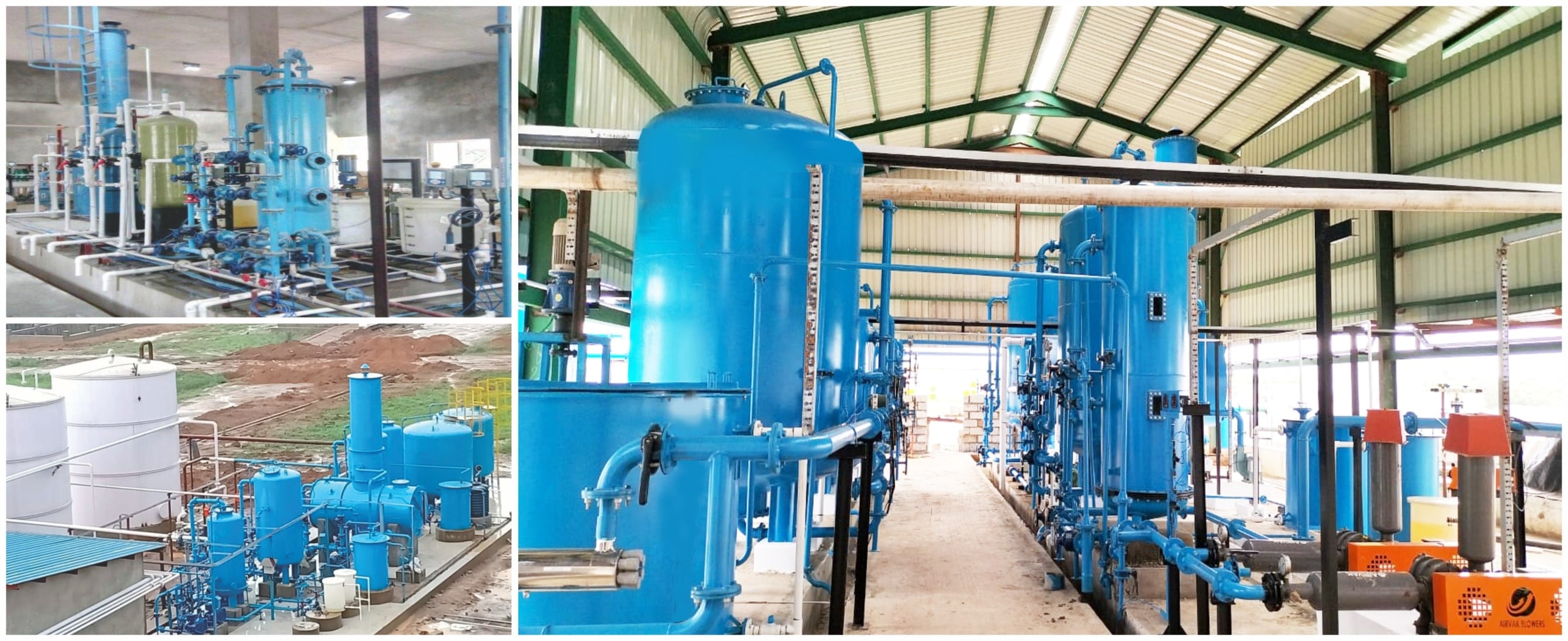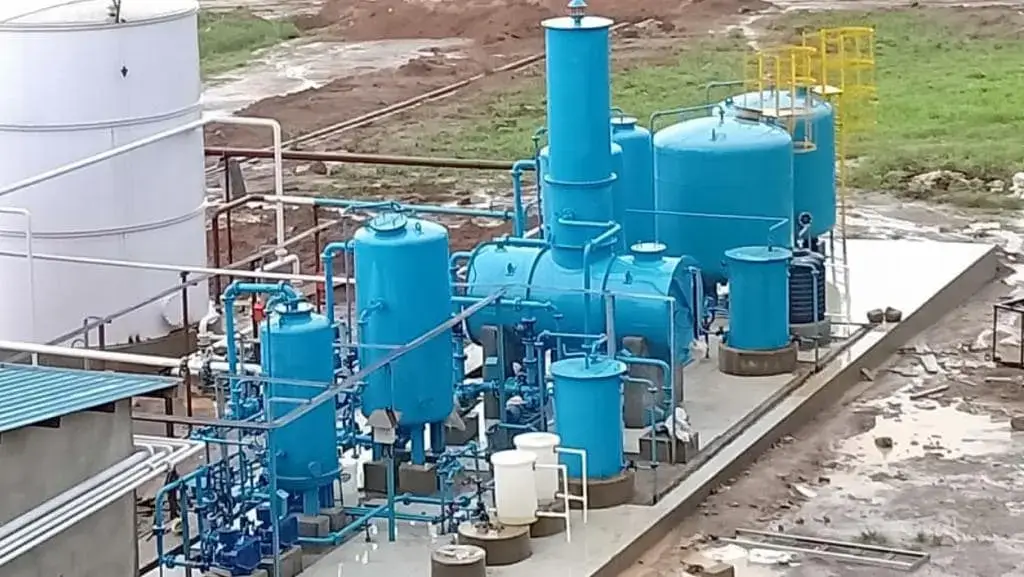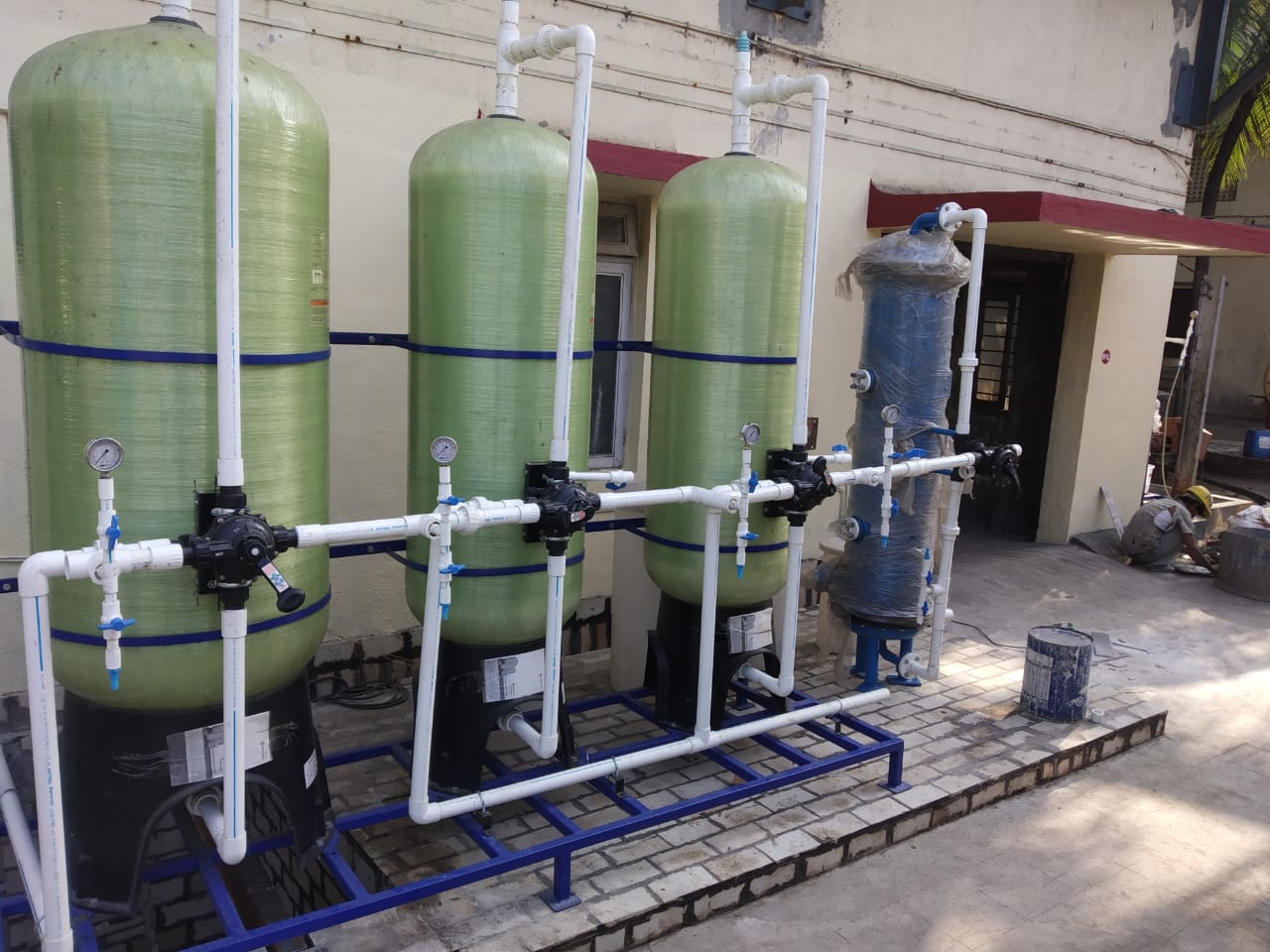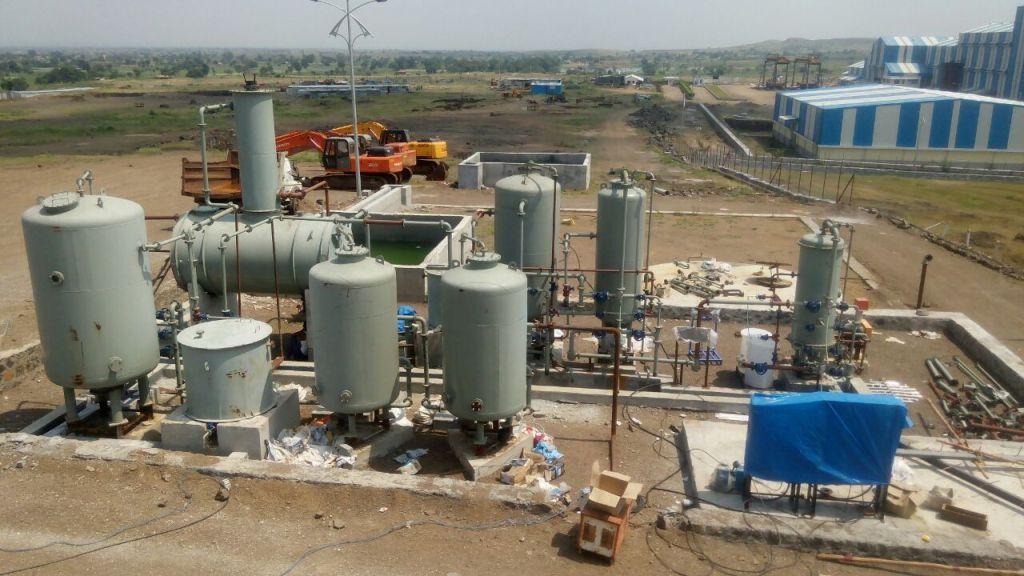Frequently Asked Question
A demineralization plant, also known as a deionization (DI) plant, is a water treatment system that removes dissolved minerals and ions from water. This process is typically done using ion exchange resin beads or reverse osmosis. The resulting water is often referred to as demineralized water or deionized water, and is suitable for use in industrial processes, power generation, and other applications where high-purity water is required.
A demineralization plant typically consists of two main stages: cation exchange and anion exchange. In the cation exchange stage, positively charged ions such as calcium, magnesium, and sodium are removed from the water by exchange with hydrogen ions. In the anion exchange stage, negatively charged ions such as chloride and bicarbonate are removed from the water by exchange with hydroxide ions. In both stages, the exchanged ions are then removed from the resin beads and the purified water is collected for use.
Demineralized water has several advantages over tap water or other sources of water. It is free of dissolved minerals and ions, which can cause corrosion, scaling, and other problems in industrial processes. It is also ideal for use in power generation, as it reduces the likelihood of damage to boilers and other equipment. Additionally, demineralized water can improve the performance of certain industrial processes, such as electroplating and etching.
The main disadvantage of a demineralization plant is the cost of operation. The ion exchange resin beads have to be regularly replaced, which can be costly. Additionally, the process consumes a large amount of energy, which can make it expensive to run. Also, it creates brine waste water which need to be treated before disposing.
Demineralized water is commonly used in a variety of industrial and commercial applications, including:
• Power generation
• Pharmaceuticals
• Cosmetics and personal care products
• Electronics and semiconductors
• Boiler feed water
• Laboratory use
• Chemicals
• Food and beverages
• Textiles
The ion exchange resin beads need to be replaced at regular intervals, depending on the water quality and the level of use. The beads typically need to be replaced every few years, but the exact frequency will depend on the specific application and the level of water impurities.
Demineralization plant can process water with high TDS level, but it will require a larger volume of resin beads and also the resin replacement will be frequent. It is also not efficient to treat highly saline water through demineralization, in such case alternatives like Reverse osmosis is generally more efficient.



